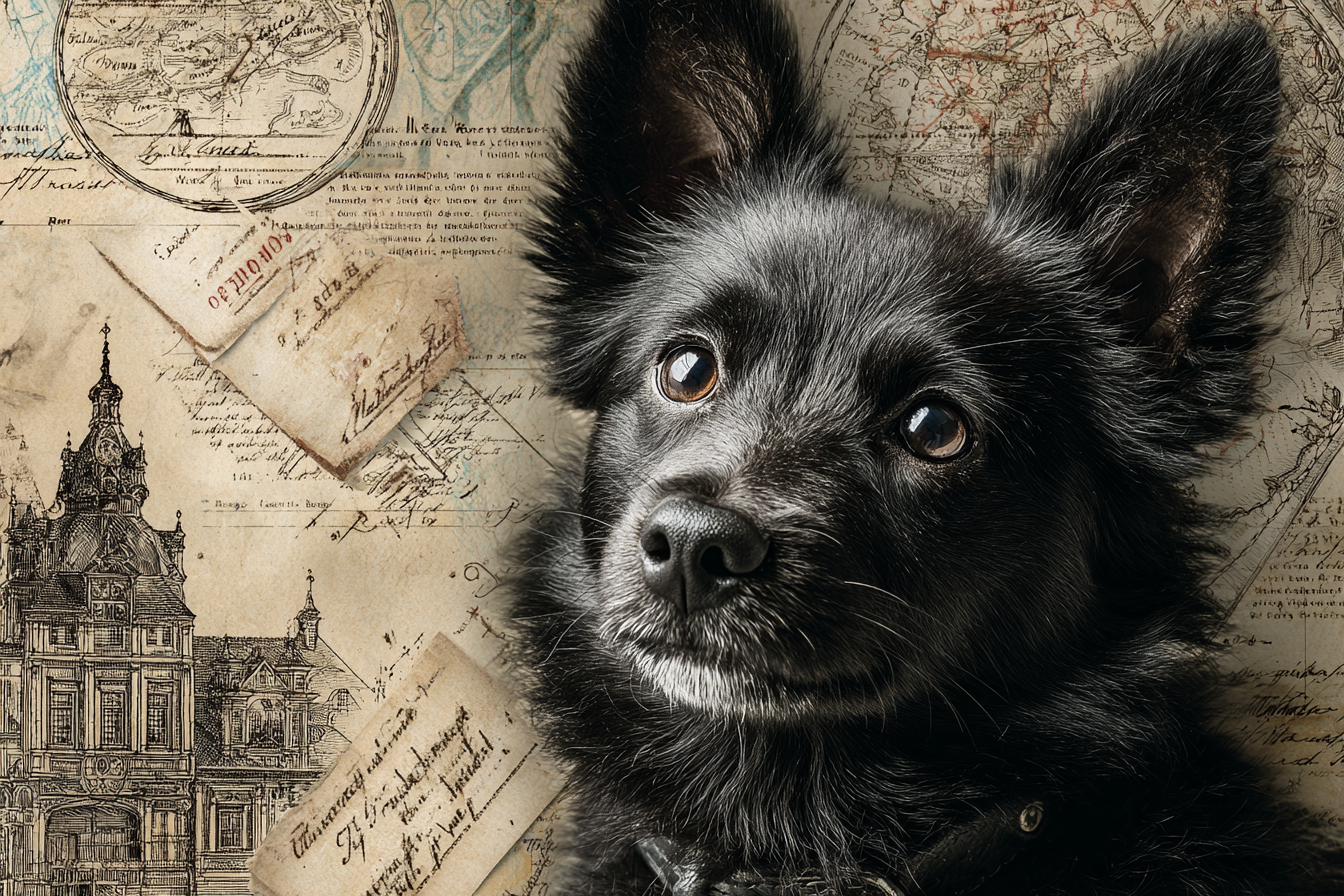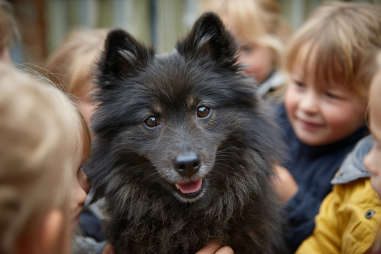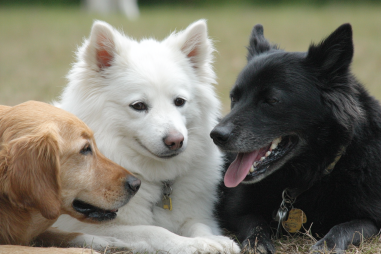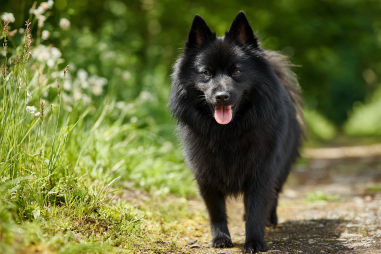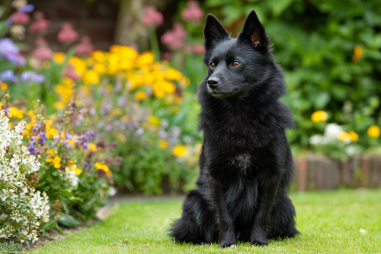Known for their striking black coats, lively personalities, and remarkable agility, Schipperkes are a breed with a unique and captivating history. This small Belgian dog has long charmed people with its intelligence and bold spirit. But where did this spirited little dog come from? What roles did it play in history, and how did it transition from working dog to beloved pet? Let’s embark on a journey tracing the fascinating history and origin of the Schipperke, exploring its early roots, historical functions, developmental milestones, and its rise as a cherished companion around the world.
Early Beginnings in Belgium
The Schipperke’s story begins in Belgium, a country known for its intricate network of canals and bustling river traffic. The breed’s origins can be traced back to Flemish-speaking regions in the late 1600s and 1700s. The Schipperke’s name roughly translates to “little captain” or “little skipper” in Flemish, a nod to its prominent role on the waterways of Belgium.
While the exact ancestry is somewhat speculative, it is believed that Schipperkes descended from the small black farm dogs and local Spitz-type dogs common to that region. Their pointed ears, fox-like faces, and dense double coats are reminiscent of these native breeds.
At their core, Schipperkes were bred to be hardy, alert, and independent. These traits made them excellent companions for working people in the challenging canal environments in and around cities like Ghent and Brussels.
The Role of Schipperkes as Barge Dogs
Perhaps the most iconic chapter in the Schipperke’s history is its role as the trusty barge dog. Dockworkers, boat captains, and barge operators used Schipperkes aboard their vessels for practical reasons. The dogs excelled at controlling vermin such as rats and mice aboard the boats, keeping cargo and supplies safe from damage.
Additionally, their keen senses and protective nature made them excellent watchdogs, alerting crews to strangers or unusual activity on or near the water. Schipperkes earned a reputation for being fearless guardians despite their small size.
Their presence aboard the barges was so valued that these dogs became constant companions to the watermen, often seen running along the decks and jumping between barges.
Breed Development Milestones
By the 1800s, the Schipperke’s popularity grew beyond the canals, and breed enthusiasts began to take a more organized approach to its development. The first documented efforts to standardize the breed’s appearance and temperament took place in Belgium during this period.
- Breed Standards: Efforts were made to establish the breed’s distinctive traits — a small, squarely built body, dense black coat, erect triangular ears, and tail often docked historically to enhance its silhouette.
- Dog Shows and Clubs: Schipperkes began appearing in dog shows in Belgium and neighboring countries, where their intelligence and agility made them stand out.
- Selective Breeding: Breeders aimed to refine the breed’s working abilities while also preserving its cheerful and lively character.
These milestones helped elevate the Schipperke from a local working dog to a recognizable breed with dedicated admirers.
Recognition by Kennel Clubs
Recognition by formal canine organizations further cemented the Schipperke’s status in the dog world. The Belgian kennel club accepted the Schipperke as an official breed in the late 1800s. This acknowledgment paved the way for international recognition.
In the United States, the American Kennel Club (AKC) officially recognized the Schipperke in 1904. Since then, the breed has been steadily included in dog shows, competitions, and breed-specific events, showcasing its versatility and charm.
The Schipperke is categorized within the “Non-Sporting” or “Utility” groups depending on the country, highlighting its unique role as a companion with working origins rather than a traditional sporting dog.
Influence on Other Breeds
Though primarily known as a distinct breed of its own, the Schipperke has also influenced the development of other breeds, particularly in Europe. Its traits such as agility, alertness, and distinctive appearance were passed on to some regional breeds or crossbreeds.
In some cases, Schipperkes were used to enhance smaller working dogs or terriers by imparting their fearless temperament and compact size. This cross-pollination helped create dogs suitable for specialized chores, especially in urban or water-rich environments.
At the same time, the Schipperke benefited from occasional outcrosses, which helped maintain genetic diversity and vitality within the breed’s population while preserving its core attributes.
Popularity Trends Over Time
Throughout the 20th century, the Schipperke transitioned from a largely working-class dog in Belgian waterways to a popular companion animal around the world. The breed’s intelligence, affectionate nature, and manageable size appealed to urban dwellers and families seeking an energetic but adaptable pet.
From the mid-1900s onward, Schipperkes gained traction in the United States, the United Kingdom, and other countries, frequently showcased in obedience and agility competitions where their quick learning and determination shone brightly.
Today, Schipperkes enjoy a resurgence in popularity, celebrated not only for their historical legacy but also for being lively companions who fit well into a variety of lifestyles — from city apartments to rural homes.
Their suitability as watchdogs, loving pets, and engaging performers in dog sports continues to endear them to new generations of dog lovers.
Schipperkes Today: A Legacy of Courage and Companionship
From humble beginnings in the canals of Belgium, the Schipperke has traveled a remarkable path to become a globally recognized and cherished breed. Its origins as a tenacious barge dog shaped the instincts and capabilities that still define it today.
Whether guarding a family home, participating in competitive sports, or simply delighting in playtime, the Schipperke exemplifies courage, curiosity, and companionship.
Understanding this breed’s rich history deepens our appreciation for how these little dogs have adapted and thrived for centuries. They remind us that great things often come in small, black-coated packages, full of vigor and heart.

